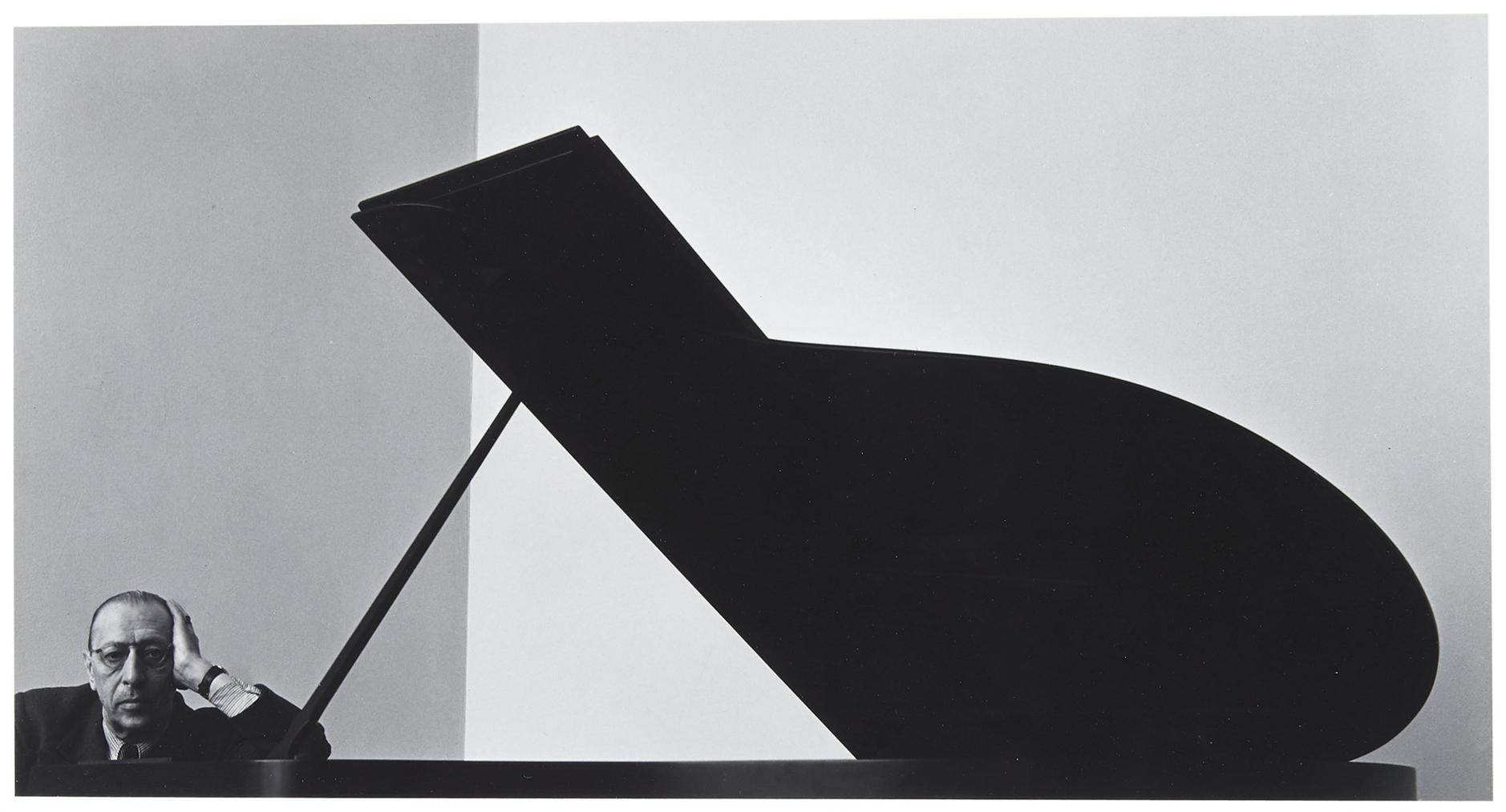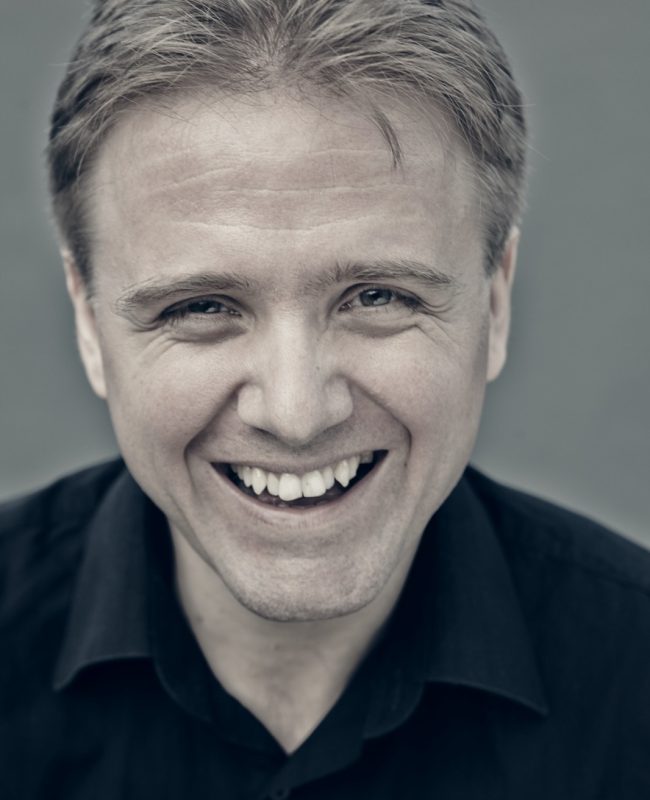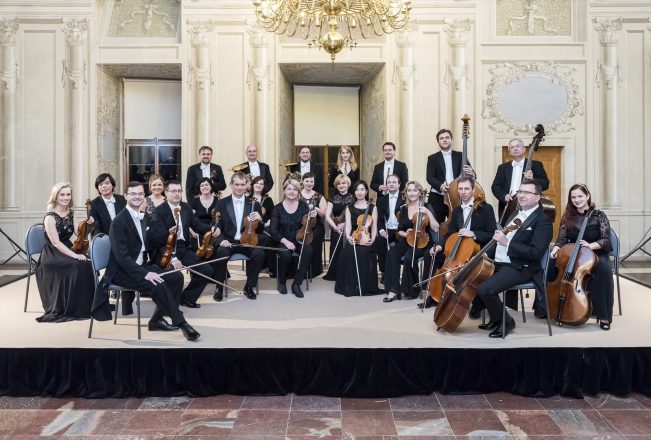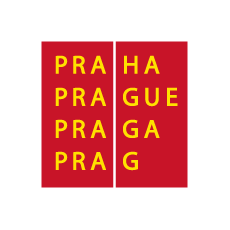Immersed in Stravinsky
The concert will take place without an audience in the hall.
You can watch the live broadcast of the concert as well as two dozen others on our website for free.
Chamber music assumes an inconspicuous, but certainly not marginal, place in the oeuvre of Igor Stravinsky. Even though it is overshadowed by his famous ballets, we will find veritable treasures here, flawlessly polished masterpieces. “The composer entertained himself, the musicians for whom he wrote these works, and the audiences,” states Josef Třeštík, the festival’s Programme Director. These short, supremely virtuosic pieces moreover capture the essence of what we perceive to be chamber music – nonverbal communication between players making music together. “I am delighted that these players will be outstanding members of the PKF-Prague Philharmonia, who will bring Stravinsky’s chamber music to life in the year we mark the 50th anniversary of his death,” Třeštík adds.
Programme
- Igor Stravinsky: Concertino for 12 Instruments
- Igor Stravinsky: Octet
- Igor Stravinsky: Pastorale
- Igor Stravinsky: Pour Picasso
- Igor Stravinsky: Epitaphium
- Igor Stravinsky: Three Pieces for Clarinet Solo
- Igor Stravinsky: Septet for clarinet, French horn, bassoon, piano, violin, viola and cello
- Igor Stravinsky: Ragtime for 11 Instruments
Performers
- Prague Philharmonia
- Marián Lejava - conductor
Stravinsky’s Concertino is performed on the concert platform in three versions of the same music. The first emerged in the summer of 1920 as a string quartet commissioned by the then celebrated Flonzaley Quartet. Its leader requested a new composition from Stravinsky with a concertante violin part, which they could present as a new item on their largely Classical concert programmes. Stravinsky produced a one-movement piece in sonata-allegro form with a slow middle section, whose music returns at the end in an abbreviated configuration; naturally, the first violin is entrusted with the dominant share, while the other instruments essentially provide an accompaniment for the duration of the piece. Stravinsky returned to his Concertino in 1952, writing a version for two pianos, and he also created an instrumental arrangement in the style of the classical concerto grosso for concertante violin and cello (concertino) and wind instruments (ripieno). “My present intentions towards my earlier work have led me to re-bar it rather extensively, to clarify some of the harmony, and to punctuate and phrase it more clearly between two string and ten wind instruments.”

With his Septet for clarinet, French horn, bassoon, piano, violin, viola and cello (1953) Stravinsky entered the last period of his compositional career. This is his first work using the serial technique derived from dodecaphony, a method employing all twelve notes of the chromatic scale, as applied by the Second Viennese School composers headed by Arnold Schönberg. At the same time the piece combines and ostensibly reconciles this method with tonal music, since “the rules and restrictions of serial writing differ little from the rigidity of the great contrapuntal schools of old. At the same time, they widen and enrich harmonic scope; one starts to hear more things and differently than before. The serial technique I use impels me to greater discipline than ever before.” The entire three-movement work is governed by strict order which culminates in an example of impeccable contrapuntal dexterity in the final Gigue, consisting of four fugues: It begins with a three-voice fugue in the strings, which is repeated in the piano, after which the wind instruments join in with another three-voice fugue based on a second theme, giving rise to a double fugue. After this the strings enter with a fugue based on the first theme in an inversion, the piano repeats the string fugue, and the wind instruments come in with their own fugue, an inversion of the main theme from the first movement. The premiere of Septet was held on 23 January 1954 at Dumbarton Oaks, where Stravinsky’s Concerto in E flat for chamber orchestra was first performed sixteen years previously.
Pour Picasso is a musical miniature lasting five bars for solo clarinet, Stravinsky’s favourite instrument. It was written in April 1917 in the margin of a telegram form in Rome, where Stravinsky and Picasso had met and become good friends, thus the dedication bearing the local, Italian variant of the artist’s name “Pour Paolo Picasso”, to which Picasso had added “pour la postérité”. They certainly would have had a great time in each other’s company…
Stravinsky wrote Three Pieces for Clarinet Solo in 1919 shortly after completing The Soldier’s Tale (L’Histoire du soldat) as an expression of thanks to Swiss philanthropist and patron Werner Reinhart, an amateur clarinetist. In a performance of the cycle the soloist uses both a clarinet in A and a B flat clarinet. The pieces are motorically contrastive, Stravinsky giving free rein to the broad tonal, dynamic and expressional range of the instrument, from a suggestive cantilena and alternating registers in the first piece, and agitated, rhythmically edgy traces of jazz improvisation in the second, to the artistic stylisation of ragtime in the third piece.
Igor Stravinsky was on several occasions a guest of Prince Max Egon of Fürstenberg, benefactor and patron of the Donaueschinger Musiktage for many years. When the prince died suddenly in April 1959, he honoured his memory by writing a short piece observing strict serial techniques entitled Epitaphium for the tombstone of Prince Max Egon of Fürstenberg. The work comprises four short antiphonal strophes for harp and four for flute-clarinet duo in a series of funeral responses between the treble and bass instruments, “in the manner of Funeral Music for Queen Mary by Henry Purcell”.
Pastorale for five instruments (violin, oboe, cor anglais, clarinet and bassoon) is Stravinsky’s transcription of a song without words for soprano and piano from 1907, dedicated to Nadezhda Rimsky-Korsakov, which he wrote with her voice in mind. Later on, songs of this kind were no longer performed in concert, thus the decision to produce a double transcription – for violin and piano and then for violin and four woodwind instruments – which Stravinsky penned for Samuel Dushkin.

Octet for wind instruments from the years 1922-23 ushers in Stravinsky’s Neo-Classical period and is one of his most important compositions which would fundamentally influence this 20th century movement. Years later he recalled the circumstances of its genesis: “The Octet began with a dream, in which I saw myself in a small room surrounded by a small group of instrumentalists playing some attractive music. I did not recognise the music, though I strained to hear it, and I could not recall any feature of it the next day, but I do remember my curiosity – in the dream – to know how many musicians there were. I remember, too, that after I had counted them to the number eight, I looked again and saw that they were playing bassoons, trombones, trumpets, a flute, and a clarinet. I awoke from this little concert in a state of great delight and anticipation and the next morning began to compose the Octet, which I’d had no thought of the day before. The Octet was written within a short time […] I conducted the first performance myself, and I was extremely nervous about doing it; it was the first concert work of mine which I, myself, introduced. The stage of the Paris Opera seemed a large frame for only eight players, but the group was set off by screens, and the sound was well balanced. The Octet was composed for, and is dedicated to, Vera de Bosset.”
Ragtime for 11 instruments (flute, clarinet, French horn, cornet, trombone, percussion, cimbalom, two violins, viola and double bass) is an extended version of the Ragtime from The Soldier’s Tale (L’Histoire du soldat), written for an unconventional ensemble of instruments. In 1918 conductor Ernest Ansermet brought over from America a bundle of ragtime music in the form of piano reductions and instrumental parts, providing Stravinsky with inspiration for his own music, which he described as concert portraits or snapshots of the genre. The concert version of the composer’s Ragtime is dominated by a steady 4/4 rhythm with plenty of disruptive syncopation above it. Regular metre is rare in Stravinsky’s music, however, amid all the artistic stylisation, here it is strictly true to the given style. In the orchestra, instead of a piano, the composer chose the cimbalom, an instrument he loved and even learned to play; he also used it when composing Ragtime. It has a significant role in the piece, almost that of a solo instrument, as it did earlier on in the stage burlesque Renard (The Fox). When Ragtime was finished, Stravinsky asked Picasso to design a cover for it. He observed the artist as he drew six figures, each of them sketched in a single continuous line. The drawing which was published on the cover of the work was chosen by Picasso himself.

Marián Lejava
Marián Lejava (1976) is a prominent conductor and composer in Slovakia. He has twice been the recipient of the Radio_Head Awards in the Album of the Year category (2014 and 2017), he won two Music Fund awards (2003 and 2018) and various international accolades. He is sought after as a conductor of the 20th and 21st century repertoire and he has premiered around 120 works by contemporary composers. In the years 2000-2009 he was principal conductor of the VENI ensemble, and he initiated the launch of the VENI academy, where he worked as conductor and lecturer until 2015. He regularly collaborates with the Slovak Philharmonic and the Slovak Radio Symphony Orchestra, and he also conducts opera and symphony orchestras in the Czech Republic, Hungary, Germany, France, China and Japan. He features in twenty CD recordings. His music has been performed at numerous international festivals and he has released two albums devoted to his own works. In 2016 he presented his first stage work Gottgefällig at Košice State Theatre, which was subsequently performed at the Eurokontext International Theatre Festival in Bratislava. He has been teaching composition and conducting at the Academy of Performing Arts in Bratislava since 2007; he also headed the Opera Studio there until 2014.

PKF – Prague Philharmonia
The PKF – Prague Philharmonia was founded in 1994 on the initiative of conductor Jiří Bělohlávek under the original name Prague Chamber Philharmonia. Today it is one of the most recognised orchestras, not only among Czech but also world ensembles. The orchestra’s key repertoire is rooted in Viennese Classicism, complemented with works from the Romantic period and the 20th century. Where the Czech environment is concerned, the PKF has paid particular attention over the years to the music of Bohuslav Martinů. The orchestra also focuses on pieces by contemporary composers, from whom it regularly commissions new works. The ensemble is committed to supporting young musicians, inviting talented players to its Orchestral Academy. The PKF – Prague Philharmonia is a familiar guest at international music festivals (BBC Proms, MITO Settembre Musica) and has appeared in leading concert venues such as the Elbphilharmonie Hamburg, Suntory Hall in Tokyo, the Berlin Philharmonic Hall, and Gasteig Munich. Over the period of its existence, the orchestra has recorded over 90 CDs released by prominent Czech and world music publishers, such as Deutsche Grammophon, Decca, Supraphon, EMI, Warner Classics and Harmonia Mundi. A number of them have been awarded important prizes, such as the RAC Canada Gold Disc (2000), the Harmony Award (2001), and a Diapason d’Or (2007). The CD Héroïque featuring tenor Bryan Hymel was nominated in 2016 for the International Opera Awards, and the album Bohemian Rhapsody, recorded for Sony Classical with trumpeter Gábor Boldoczki, winner of the Prague Spring International Music Competition, was nominated for the International Classical Music Award in 2018.






